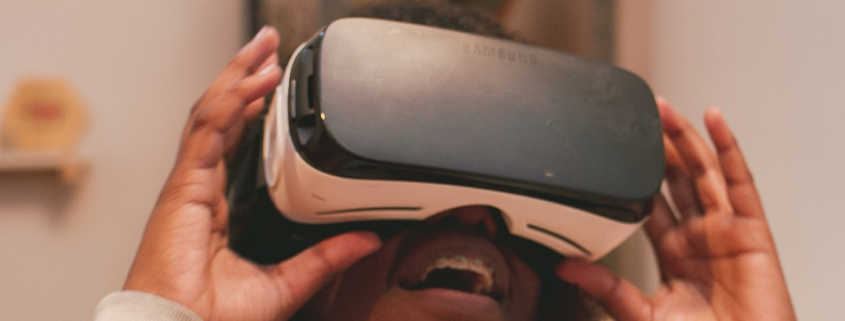How we should be thinking about virtual reality and “techno-sex”
Last week a feature article in the Good Weekend magazine of Sydney Morning Herald asked Can ‘techno sex’ ever be as good as the real thing?
The piece focused on how virtual reality is being used for adult entertainment and the potential implications, both negative and positive.
The article quotes me in my role as futurist and publisher of FutureofSex.net commenting on the developments and emerging possibilities:
Futurist Ross Dawson splits his time between Sydney and San Francisco, delivering keynote addresses on subjects as diverse as financial services, social media and travel for companies including Google, American Express and PwC. In 2011 Dawson launched the Future of Sex website, which examines how technology – not just VR, but including the likes of robots and artificial intelligence – will affect sexuality. “We are being changed by technology,” he says, choosing his words carefully as he pours himself a cup of tea in the lobby of an upmarket Sydney hotel. “Our sexuality – which is a fundamental aspect of what it is to be human – has been impacted in a significant way. And most people are oblivious to that.”
He paints an incredible picture of the near future, one in which we may be able to change what we see and feel in real-life sex with the help of visual aids that augment what we see. Fancy making love to Brad Pitt rather than your husband? Or perhaps your husband, but what he looked like 10 years ago? A computer will eventually be able to overlay those faces onto that of your partner, perhaps through the use of contact lenses. It’s already possible to transpose the face of someone – your ex perhaps, or a celebrity – onto the body of a porn actor, creating a revenge-porn video of an event that never actually happened. It doesn’t take much imagination to see how dangerous this could be, within but also beyond the realm of sex. Such videos are becoming increasingly realistic, with the US Defence Department last week releasing a tool to help detect them.
“We’re on the verge of being able to make somebody do and say anything we want,” Dawson says. “We can get an image of Donald Trump jumping on the table and saying, ‘I declare war,’ or whatever.” Dawson calls this outcome “the death of reality”.
As in many other domains the possibilities of technology are staggering.
However the most important issue is our outlook on how we use technology.
It is easy to see a downside in taking away from human relationships. But as the article explores, there are possible upsides and positive applications as well.
The journalist told me that after starting the article with quite a negative outlook on the topic, the interviews he did shifted his attitude to see the other side of the story.
Yes there are real concerns, but let’s also look to tapping the possibilities from technology across every facet of our lives.
Image: Olabi Makerspace



